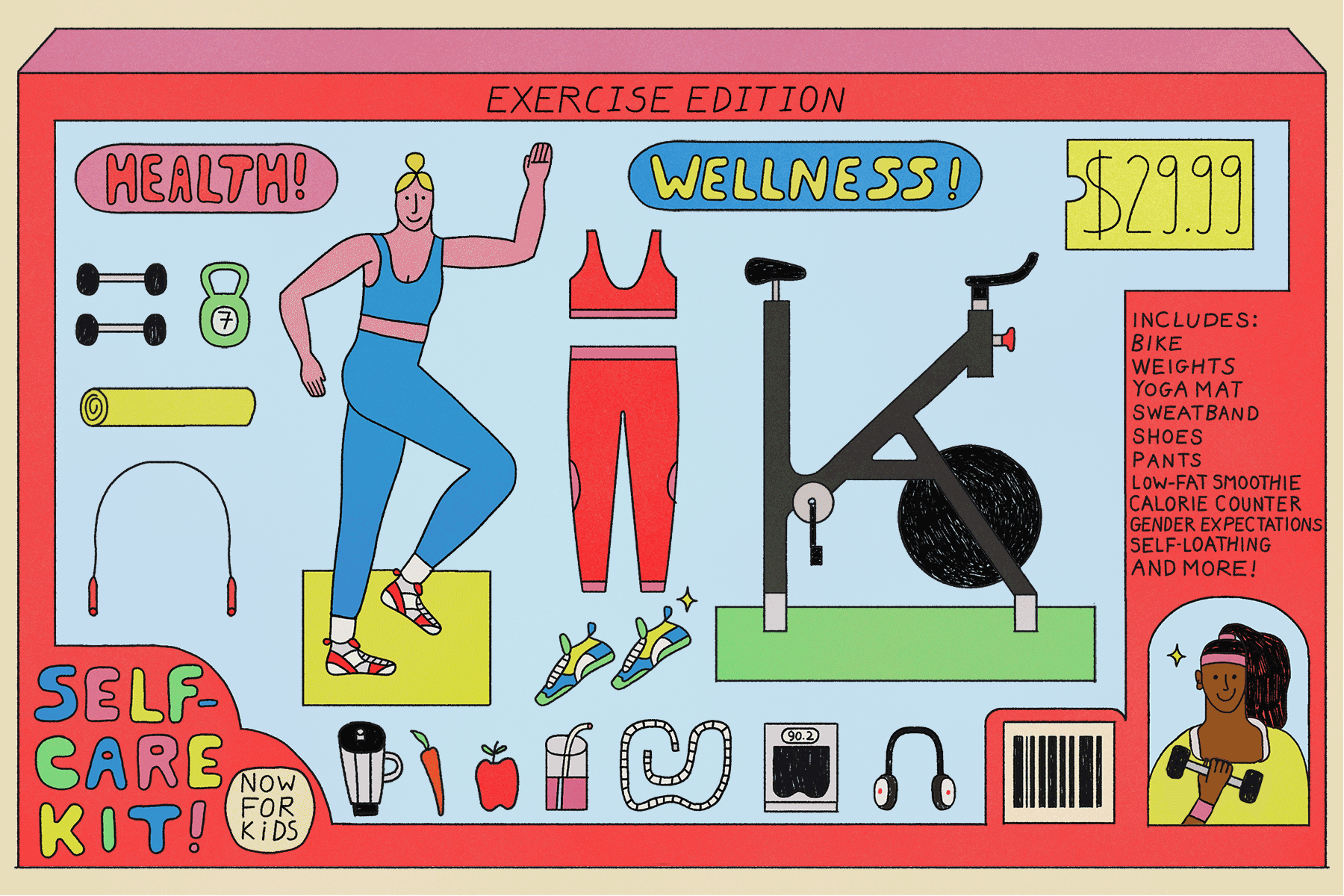These Video Games Turn Health Issues Into Child’s Play
- Share via
Packy and Marlon, plucky pachyderms in a children’s video game, charge through summer camp and blast peanuts at their enemies. And every now and then, they stop to measure their blood glucose level.
The diabetic elephants are just two of the characters created by Health Hero Network Inc., a unique Mountain View software developer that’s created a new genre of games on children’s health issues.
Over the last five years, 40,000 copies of the games have been distributed, teaching children about diabetes, asthma, smoking and AIDS, and in some cases helping them manage their diseases.
The company in October received a patent for its concept, and last month pharmaceutical giant Merck & Co. agreed to sponsor a study that could pave the way for broader use of the games by health-care providers.
*
The Health Hero games are a hit with parents and doctors, who say they’re a model of how technology can be used to educate children and to give them a sense of control over difficult situations.
“We’ve proved the concept and laid the foundation. Now we have to find a way to do it much bigger,” Health Hero President Steve Brown said.
Jacob Windell, a talkative 7-year-old from Valencia, was diagnosed with diabetes four years ago. He plays “Captain Novolin,” a Health Hero diabetes game, with enthusiasm.
“You can do flips and jumps--that’s cool. And you try to avoid hitting the candies,” he says. Part of the game involves checking the superhero’s blood sugar level.
Ellen Windell, his mother, said “Captain Novolin” helped Jacob understand diabetes: “It gave him the idea that he could be in control of the disease.”
*
Studies funded by the National Institutes of Health and the U.S. Public Health Service confirm that the games help children manage disease and reinforce good health habits.
Their therapeutic benefits, ironically, come from some of the very characteristics that have led many teachers and parents to condemn video games.
“The game grabs the attention of children. Then it gets played over and over again,” said Dale Umetsu, chief of the Center for Asthma and Allergic disease at Stanford Medical Center. He’s leading a new, $100,000 study funded by the Packard Foundation on the asthma game “Bronkie the Bronchiasaurus” in combination with other treatments.
The company that became Health Hero was founded by Brown in 1988 as a developer of health information software, but he soon was searching for ways to make a direct impact on patients.
“We wanted to find a way to get patients involved with their treatment,” says Brown, 32. “So much of the suffering, so much of the cost of disease comes from things we do to ourselves.”
Brown had the idea for the children’s health games, but realized that such products would have little chance of commercial success in the crowded and hit-driven video-game market.
He sought backing from pharmaceutical companies, and persuaded Novo Nordisk, and later Boehringer Mannheim Corp. and Astra USA, to sign on. The companies’ motives are clear enough: Boehringer Mannheim’s blood glucose meter is featured in “Packy and Marlon.” “Captain Novolin” is named after the brand of insulin produced by Novo Nordisk.
Brown also received funding from private investors, along with $1.5 million in research grants from the National Institutes of Health. He declined to disclose further details about the privately held company’s finances.
*
The games, in Super Nintendo format, were initially given away by the pharmaceutical companies to doctors, hospitals and special summer camps.
Health Hero is now negotiating with other companies to sponsor and distribute new versions of the games, and patients can also buy them directly from Health Hero (https://www.hhn.com).
The company is developing versions of the games for PCs and network play. Its recently issued patent broadly covers health treatment video games, as well as their distribution over computer networks.
*
Creating health video games is a balancing act between entertainment and education, says Aaron Baker, 24, one of the company’s key designers before he left in 1993.
Conceptualization takes four to six months instead of the usual two for a video game, he said, in part because medical experts and children contribute to the creative stew.
Health Hero games are less violent than traditional video games. For instance, the elephants shoot water and peanuts in “Packy and Marlon” and the surgeon blasts off phlegm and tar in “Rex Ronan.” But children still find the games engaging, say health-care providers.
“Children are always eager to play. They don’t get tired of it,” said Mary Halvorson, a clinical nurse specialist and diabetes educator at Los Angeles Children’s Hospital. “The games open up a dialogue.”
In testimony to the games’ appeal, even children without the disease enjoy playing.
At Miller Children’s Hospital in Long Beach, Earladam Luevano passes over Super Mario, in favor of the Health Hero games.
Diagnosed with cystic fibrosis eight years ago, Earladam comes in for periodic “tuneups” of antibiotics administered intravenously.
“I like games that are a puzzle. Where you have to think,” Earladam said, an animated 12-year-old with a penchant for drawing cartoons.
Figuring out how much insulin to take adds a complexity missing in shoot-’em-up games.
Says Earladam: “I have lots of friends with diabetes. The games help me understand what they’re dealing with.”






